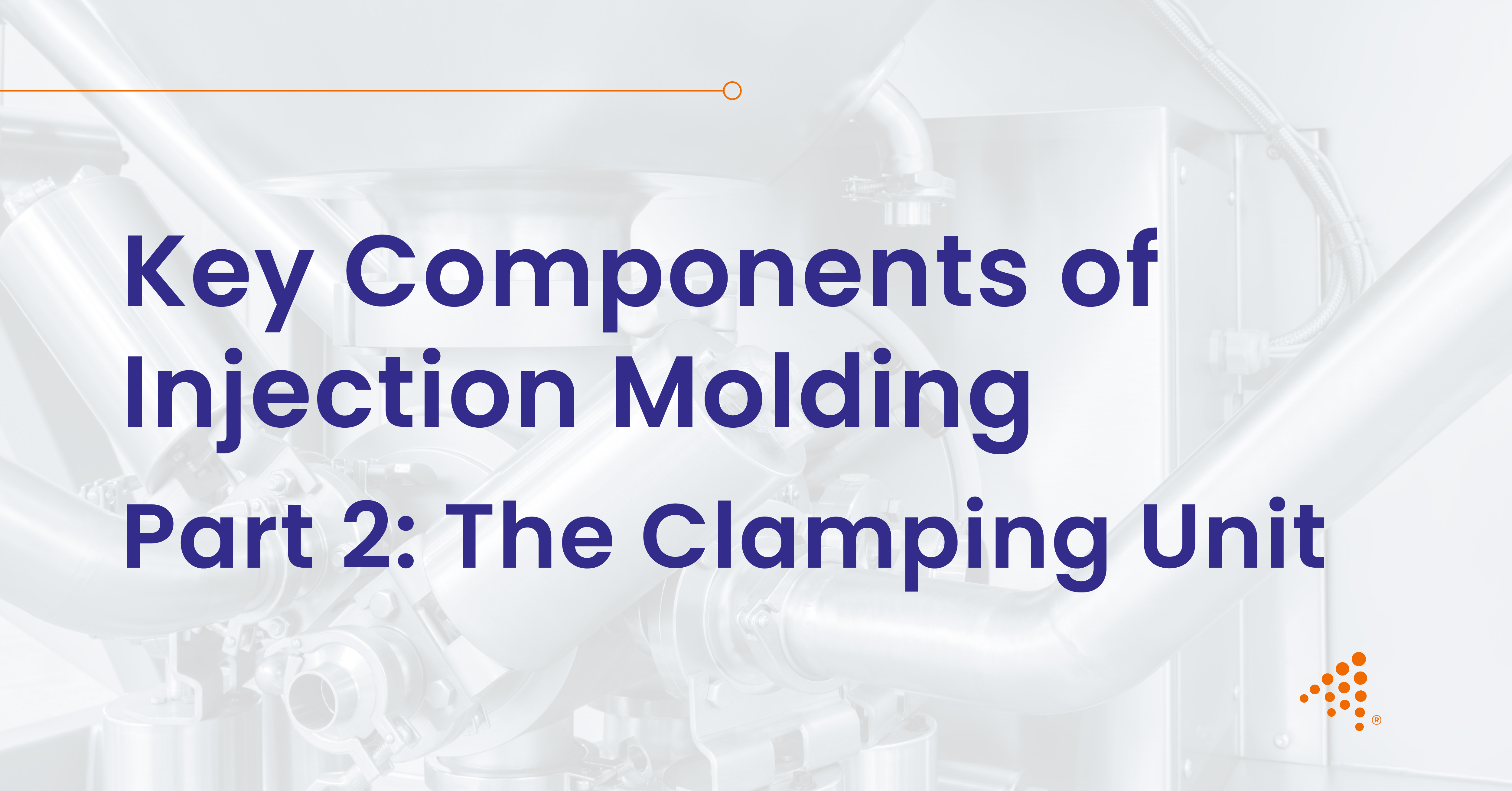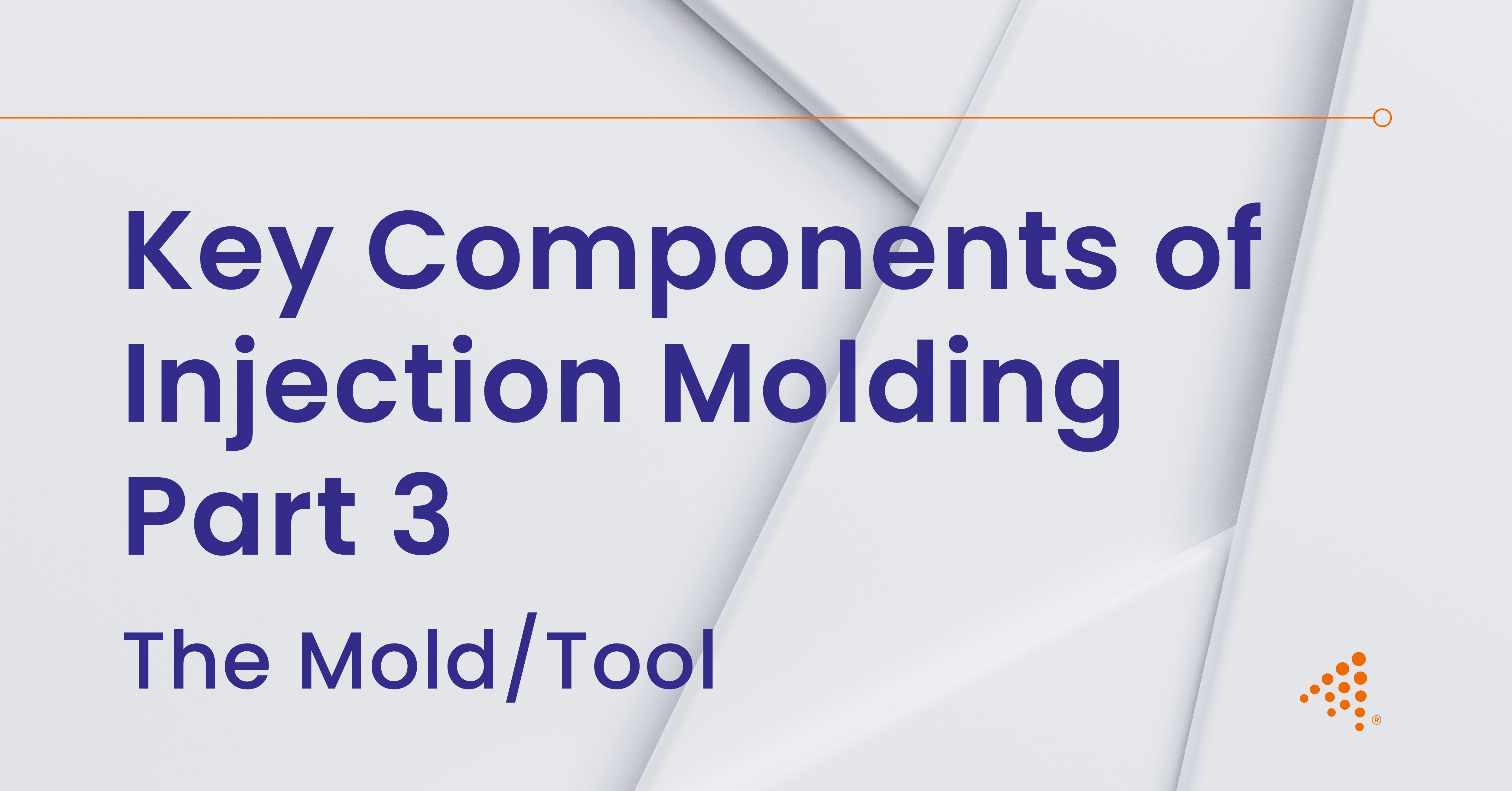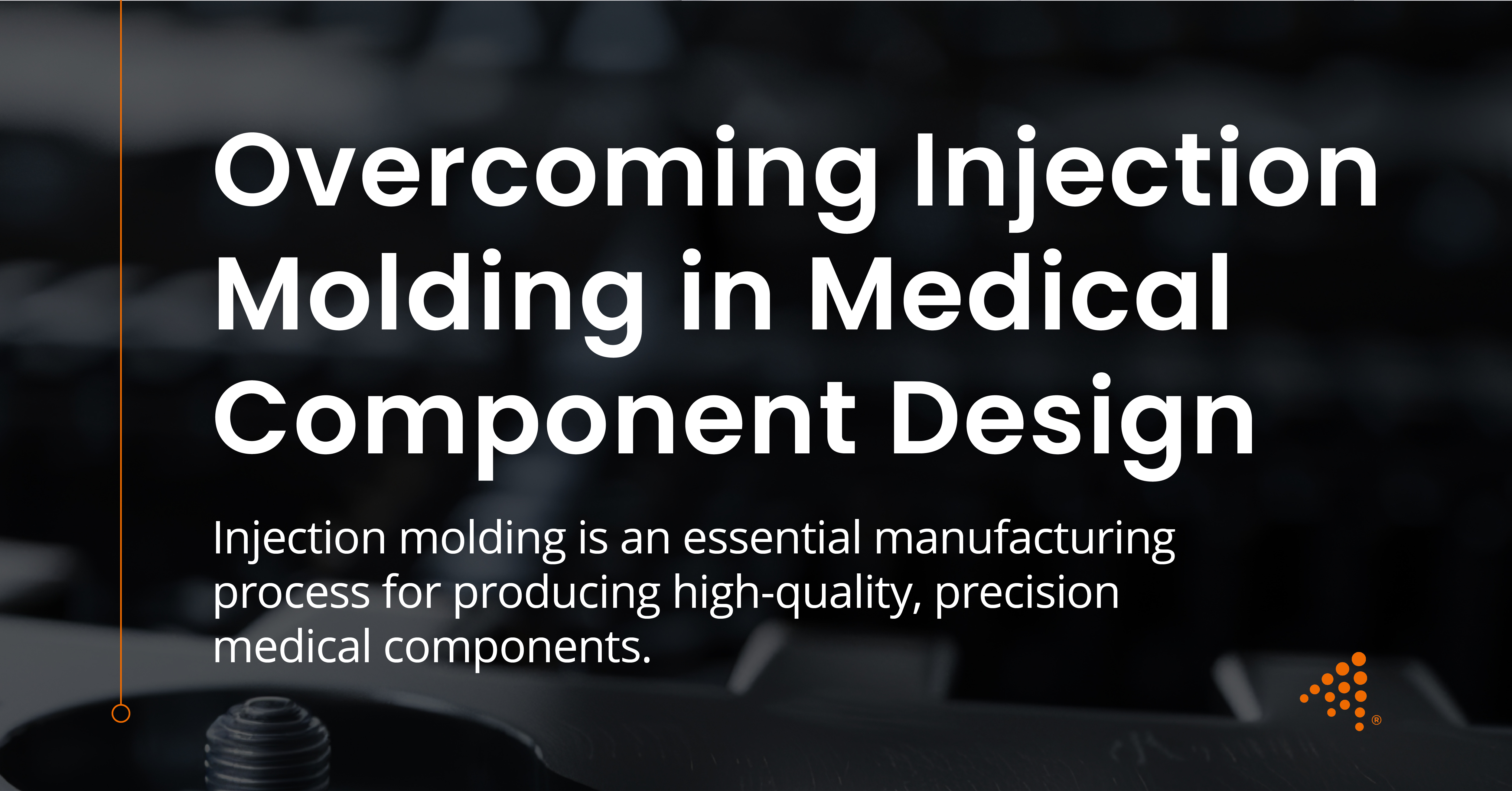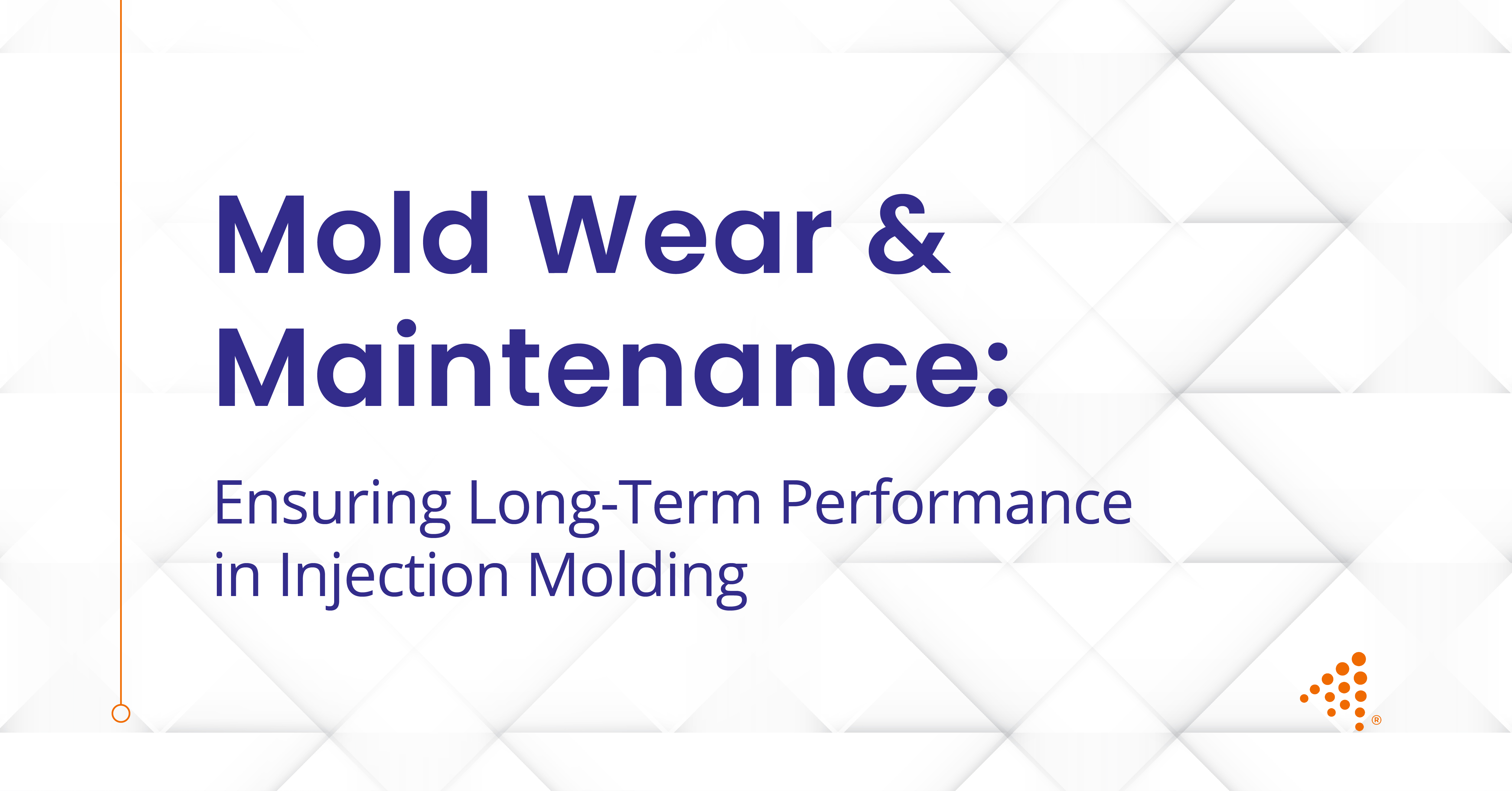3 min read
Key Components of Injection Molding Part 3: The Mold/Tool
In injection molding, the mold (or tool) is the core element that shapes the molten plastic into the final part. It is a precision-engineered...
3 min read
Nick Erickson : May 29, 2025 3:48:00 PM

In the injection molding process, the Clamping Unit is responsible for holding the mold halves together during both the injection and cooling phases. Its primary job is to apply the right amount of force to prevent material leakage and ensure that the mold stays securely closed during the entire cycle. The clamping unit is essential for producing parts with the correct shape and dimensions, and it plays a critical role in the overall success of the process.
Read More About Injection Molding Defects: Discoloration – Why It Happens and How to Avoid It
There are several types of clamping mechanisms used in injection molding machines, each with its own benefits depending on the size of the machine and the nature of the project. Let's look at the most common types:
The toggle clamp system uses a mechanical linkage system that functions similarly to a scissor jack. This setup amplifies force and locks the mold shut effectively. Toggle clamps are commonly used in smaller machines because of their energy efficiency, quick cycle times, and lower clamping force requirements—making them ideal for low-volume injection molding and prototype injection molding.
This system uses hydraulic cylinders to generate and sustain high clamping force. Hydraulic clamps are ideal for large machines or parts that require substantial force to maintain mold closure. This system is widely employed by plastic injection molding manufacturers that deal with larger, more complex molds and need reliability and precision throughout the process.
Found in all-electric molding machines, electric clamping systems provide precise control, energy efficiency, and faster movement compared to hydraulic systems. These systems are known for their ability to offer highly accurate positioning of the mold halves, making them ideal for applications that require high precision, quick cycles, and operate in cleanroom environments.
Contact Aprios today and leverage our end to end manufacturing services and precision manufacturing expertise to elevate your production game.
The clamping unit works in conjunction with the mold halves, which consist of:
Here’s how the clamping process works step-by-step:
The precise control and reliable force applied by the clamping unit are crucial for achieving parts with accurate dimensions and a smooth surface finish. The right clamping force keeps the mold closed while the plastic is injected, preventing defects such as material leakage, flash (excess plastic on the edges of the part), or incomplete filling of the mold.
Read More About Injection Molding Voids: Causes & Solutions
The clamping unit is vital to maintaining injection molding quality control. It ensures that the mold remains securely closed under pressure, which is crucial for manufacturing parts with accurate dimensions, consistent appearance, and minimal defects.
Too little clamping force can result in leakage and warping. Too much can damage the mold or increase wear on tooling. That’s why a balance is essential—especially for manufacturers offering custom injection molding solutions, injection molding tooling, or plastic injection mold design services.
A well-calibrated clamping unit also contributes to design for manufacturing solutions by ensuring that each component of the mold operates as expected, supporting efficient and cost-effective production.
If you’re looking for assistance with choosing the right injection molding machine or optimizing your molding processes, Aprios is here to help. Contact our team of experts, they can guide you through the best practices for success in your injection molding projects!

3 min read
In injection molding, the mold (or tool) is the core element that shapes the molten plastic into the final part. It is a precision-engineered...

Injection molding is an essential manufacturing process for producing high-quality, precision medical components where device reliability and patient...
